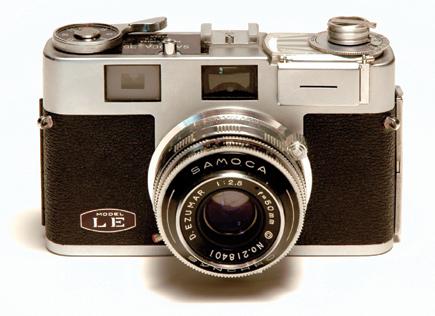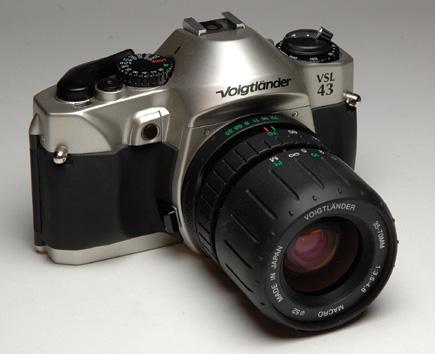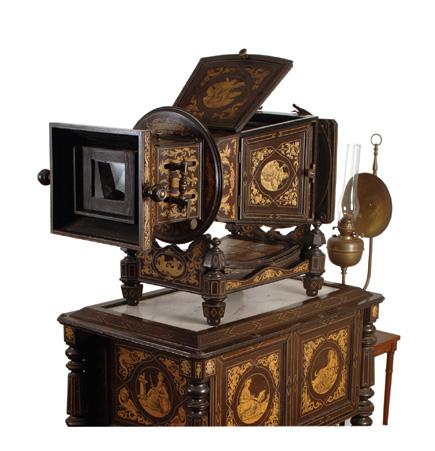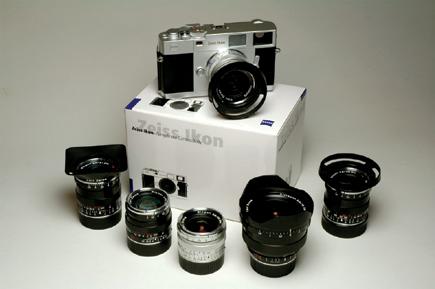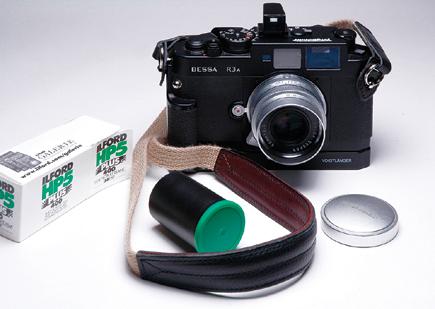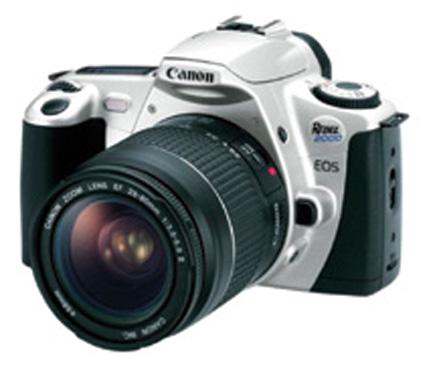Classic Camera Reviews
Sort By: Post Date TitlePublish Date
|
Mar 01, 2007
|
Feb 01, 2007
|
Jan 01, 2007
|
Sep 01, 2006
|
Sep 01, 2006
|
Jul 01, 2006
|
Jul 01, 2006
|
May 01, 2006
|
Apr 01, 2006
|
Apr 01, 2006
|
Apr 01, 2006
|
Mar 01, 2006
|
Mar 01, 2006
|
Feb 01, 2006

